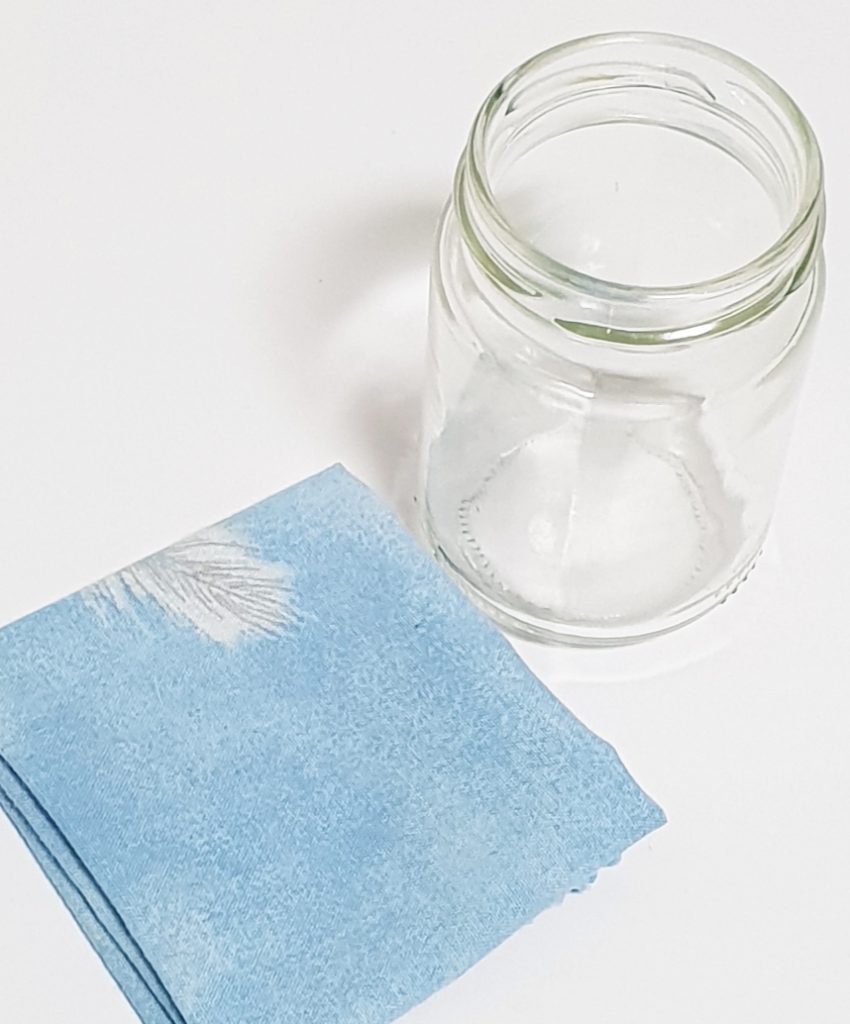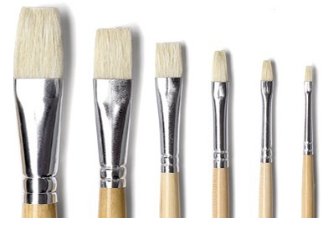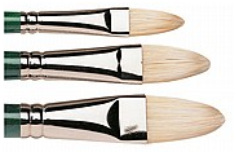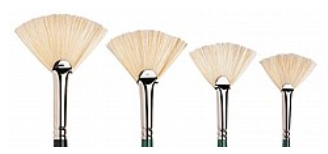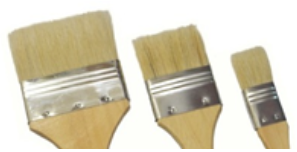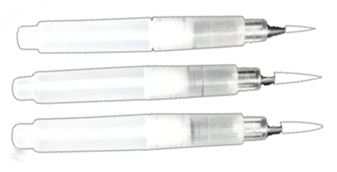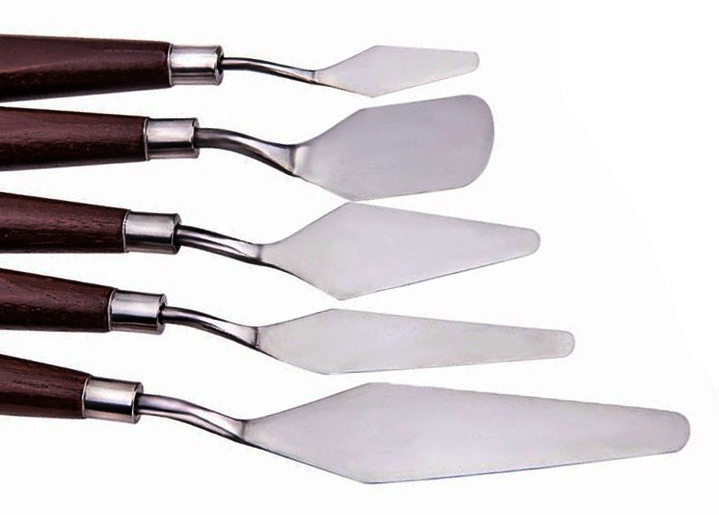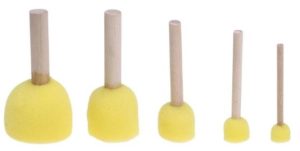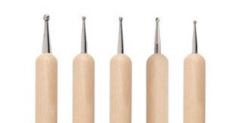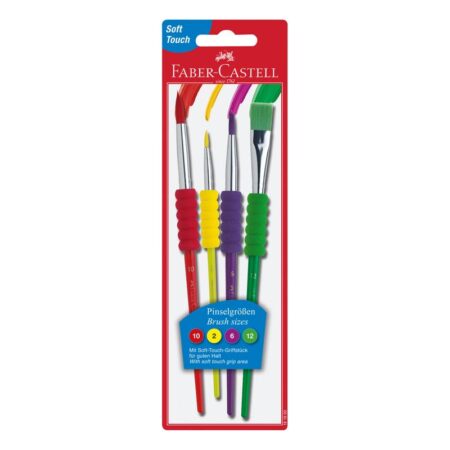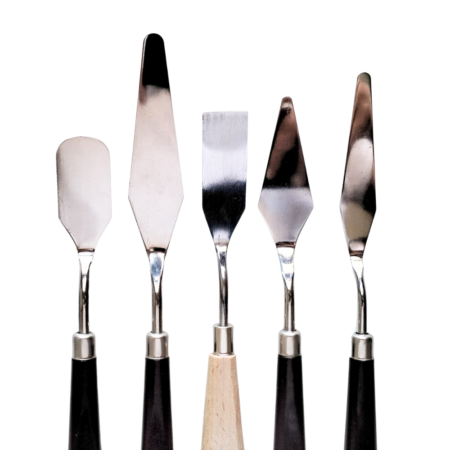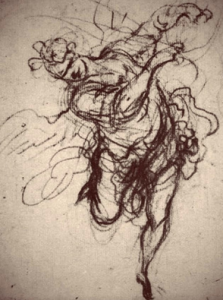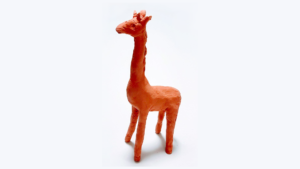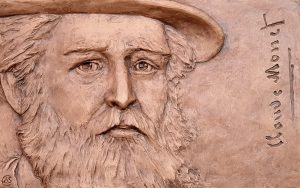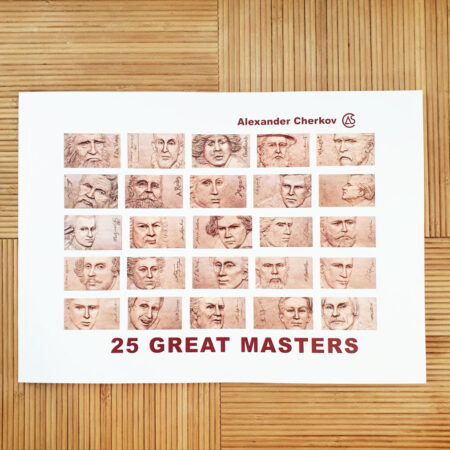Paintbrushes and paintbrushes
Of the variety of color mediators in painting, the most common and popular are the brushes.
A brush is a brush used for painting and painting. The brush consists of 3 parts: a handle used for holding, usually made of wood or plastic; Fibers, which absorb the paint and anoint it; A metal can, which connects the handle to the brush fibers.
The brush handle can be long or short. The short handle is more easily controlled and is used for precise work. The long handle is held away from the painter's body and is a continuation of the arm line, so it is also advisable to paint while standing so that there is a wider range of motion.
There are different types of paintbrushes, in terms of the structure of the fiber shape (details below), the fiber material (synthetic hair or natural hair) and the degree of difficulty and softness of the brush fibers. Once natural hair was considered better than synthetic hair. But with the development of technology the quality of brushes from synthetic hair has improved. Types of brushes with natural hair The most prominent are sable brushes (made of ferret tail hair, hair that is very soft and flexible with a sharp tip), pig hair brushes (hard hair that holds more color, excellent For oil paints And acrylic paints), Camel hair brushes (extra soft hair) and bull hair brushes (long, springy and especially strong hair are recommended for varnishes and mediums and for thick colors). The most prominent types of brushes have Synthetic hair They are taclon (different quality and softness levels suitable for all types of painting) and sable-like (very soft hair suitable for painting In watercolor).
Brushes come in sizes marked with a number. They are different for each manufacturer and indicate length or width in cm or inches. The numbers will appear as integers: 0, 1, 2, 3 and so on. To indicate sizes smaller than 0, the caption will be 00, 000 and so on. For example two zeros - 2/0.
The choice of brush for painting depends on its structure, programming and function. As well as, depending on comfort and personal preference:
Flat brush
A fiber-shaped brush that forms a flat square shape, medium to long in length. Holds a lot of paint and is used to fill areas, dilute and disperse paint. Most often, he will leave marks from brushstrokes on the substrate of the painting. The flat brush tip can be used to create thin, straight lines. Its large dimensions are suitable for application lacquer And Jesso. A flat brush suitable for painting In gouache colors, Fat And acrylic.
Round brush
A brush with a round and pointed shape. Because it is thin at the edge, if pressed it expands. Can create thin and thick lines. Suitable for use with diluted paint, for filling small areas, for demarcation, and for precise work and small details. Suitable for painting In oil paints, Acrylic, Gouache And water.
Filbert brush
A brush with a flat and rounded shape at the corners. Compared to a flat brush, Pilbert leaves less brushstroke marks. Suitable for blurring color transitions and shades, and for creating rounded and delicate shapes. Convenient to mix colors while working. Similar to a flat brush and a round brush, a Pilbert brush is suitable for filling space and precise work on details. Easily controlled according to the pressure exerted on it and allows to create thin and straight lines. Suitable for painting In oil paints, Acrylic And gouache.
Fan brush
A flat brush with fibers spread like a fan. Suitable for blurring color transitions and shades, creating a smooth color and creating textures such as: painting grass, hair and fur. Suitable for all types of painting.
Pointer brush
A narrower brush than the round brush, with a sharp head. Suitable for creating thin and delicate details, creating lines and dots. Suitable for all types of painting, especially for painting In watercolor.
Liner brush
A brush with thin and long hair. Suitable for creating ultra-thin lines (like hair), straight and rounded. In addition, it is usually used to sign the painter.
brush
Brush for painting with a wide and thick head. Suitable for painting large areas, creating smooth transitions between colors and shades, blending different areas, and eliminating brushstroke marks.
Bamboo brush
A brush with a narrow and long rounded shape. appropriate For watercolors, Calligraphy with ink, and ceramic glazing.
Brush pen
A brush with synthetic and elongated hair. Used for painting In watercolor. The body of the brush handle consists of two parts, which are screwed together. Holding the upper part, the lower handle body can be rotated. The body of the handle is actually a container for filling water. By pressing it, the water is transferred to the brush fibers. The brush pen is a substitute for a jar of water, and is convenient to use anywhere.
Additional color mediators
You can use a variety of color intermediates in the painting, such as a cloth, wooden sticks, ear toothpicks and the like. The most common painting intermediaries, with the exception of the brushes, are rubber brushes, painting knives, dots and a sponge for painting.
A rubber brush
A brush with a head made of rubber, comes in different profiles for a variety of uses. Also used as a sculpture tool in fresh colors (and even in creating small details in clay sculpture), and various other techniques in painting In oil paints And acrylic paints. You can easily remove paint from the painting substrate.
Painting knife
A painting knife (spatula or spatula) can be made of different flexible plastic or metal. Comes in different profiles and is used for a variety of effects and textures. It can be sculpted with fresh colors, similar to a rubber brush. Suitable for applying paint on large surfaces, as well as for removing unnecessary paint from the painting substrate. With its thin side you can create thin and straight lines, with paint or engraving. Easy to mix colors on the palette and cleans easily.
sponge
Usually a round sponge. Used to apply paint on the painting substrate, to create large and wide effects, and different textures. Suitable for water-based paints, such as Acrylic, Gouache And watercolor paints.
Dotting tool
A dotting tool with a spherical metal head, used to draw dots and create mandalas. Suitable for use with water-based paints, acrylic paints, gouache paints and thick watercolors. Also useful in sculpting for designing and engraving dots on ceramic clay, dry clay, fimo and plasticine.
Tips for keeping brushes
When switching between water-based paints (Gouache, Acrylic And watercolor paints) while working, you should clean the brush by dipping it in a jar of water and wiping it with a dry cloth. At the end of working with the brushes, they should be washed in warm water with soap (normal or special for cleaning brushes) and dried in the air, and not left in the water jar. At the end of working with oil paints, the brushes must be cleaned with turpentine using a lint-free cloth. Over time the brushes become old, they can be renewed by cutting the fibers to the desired shape.
